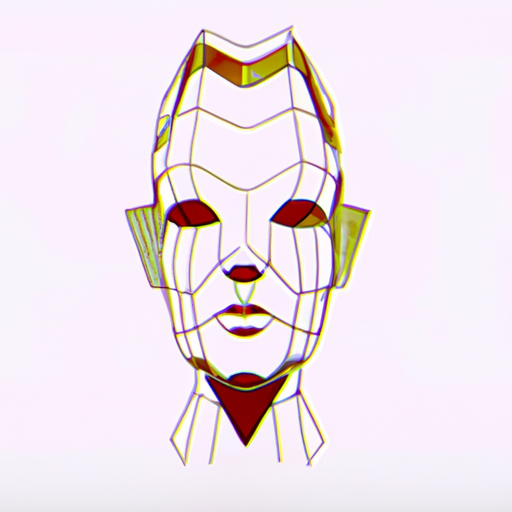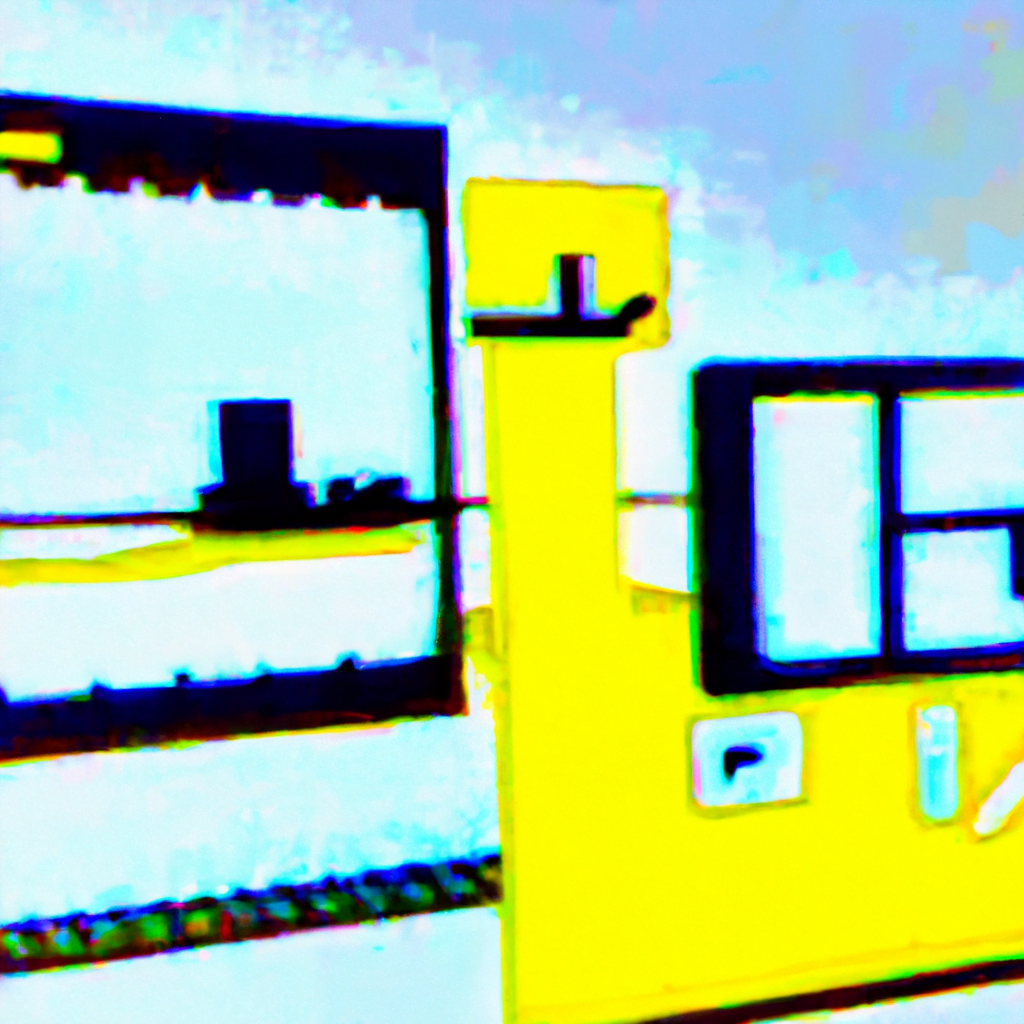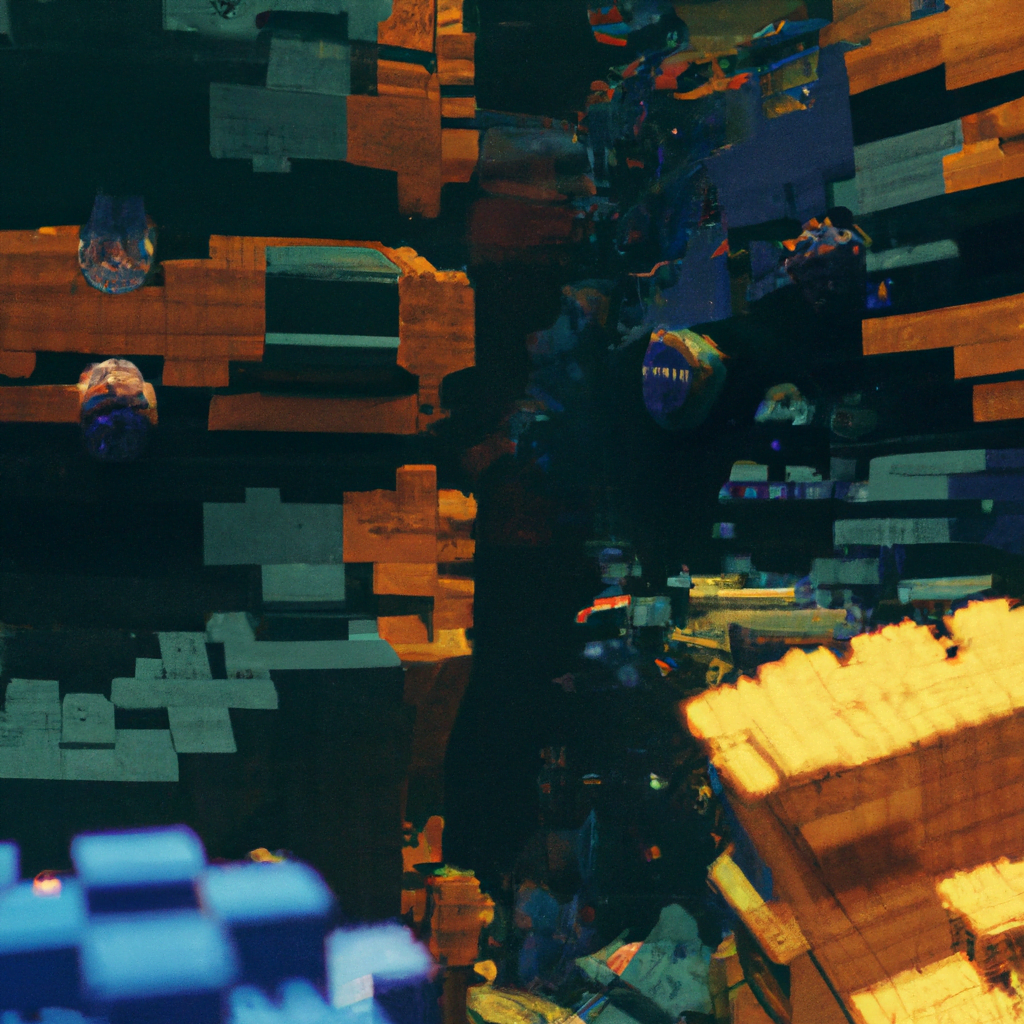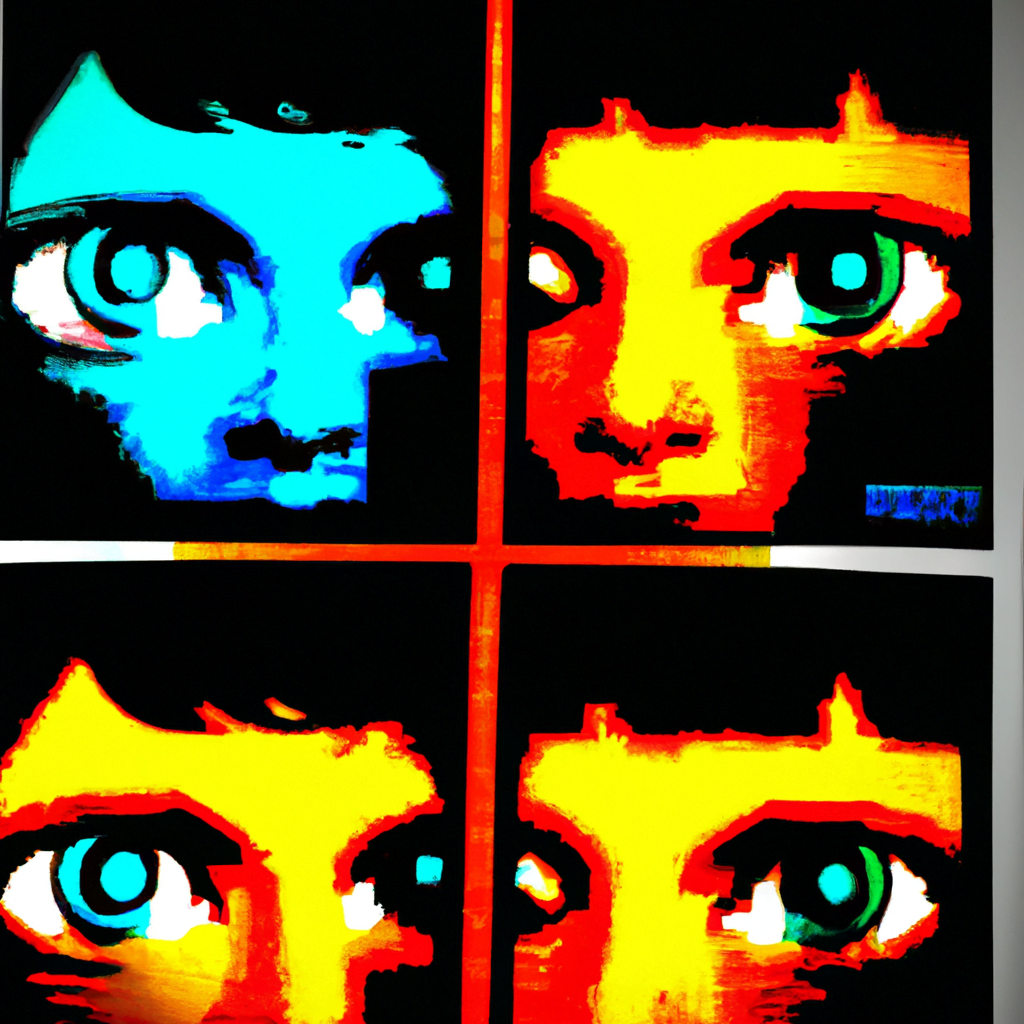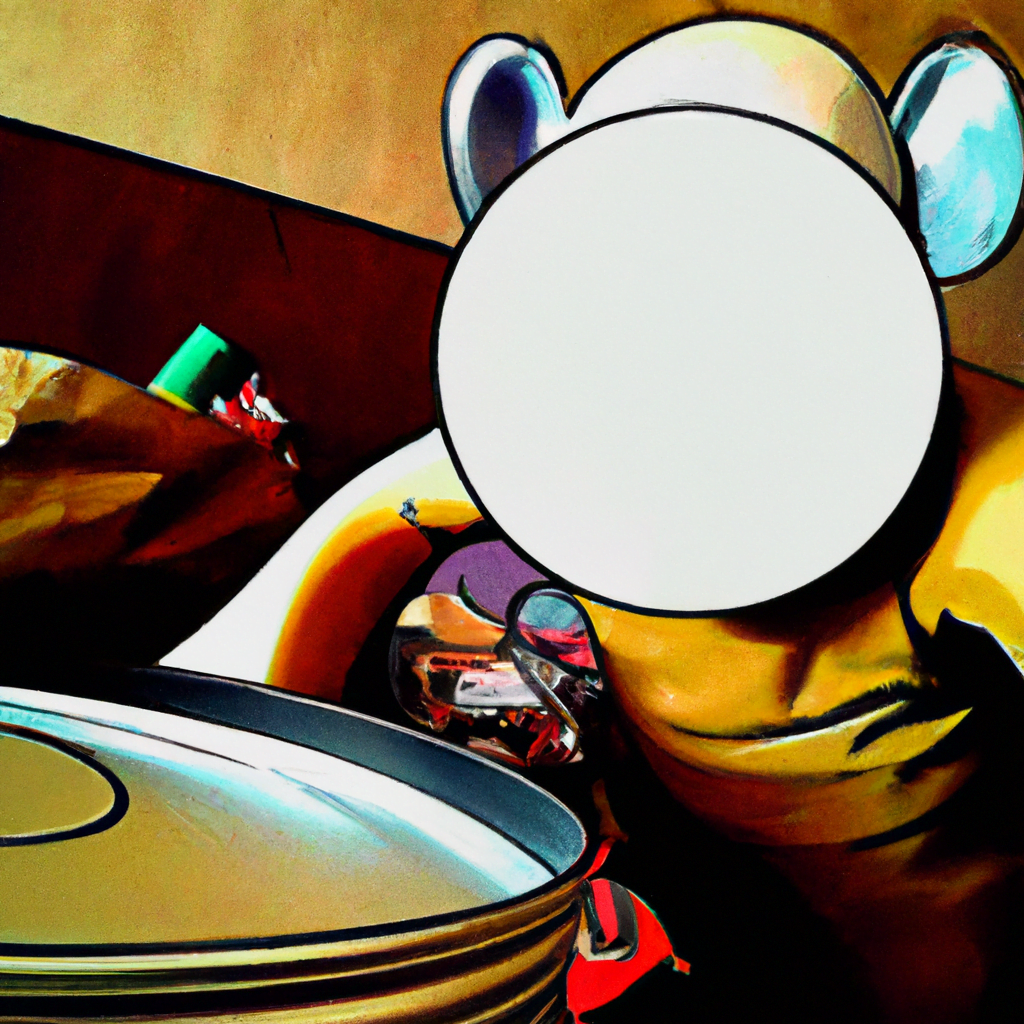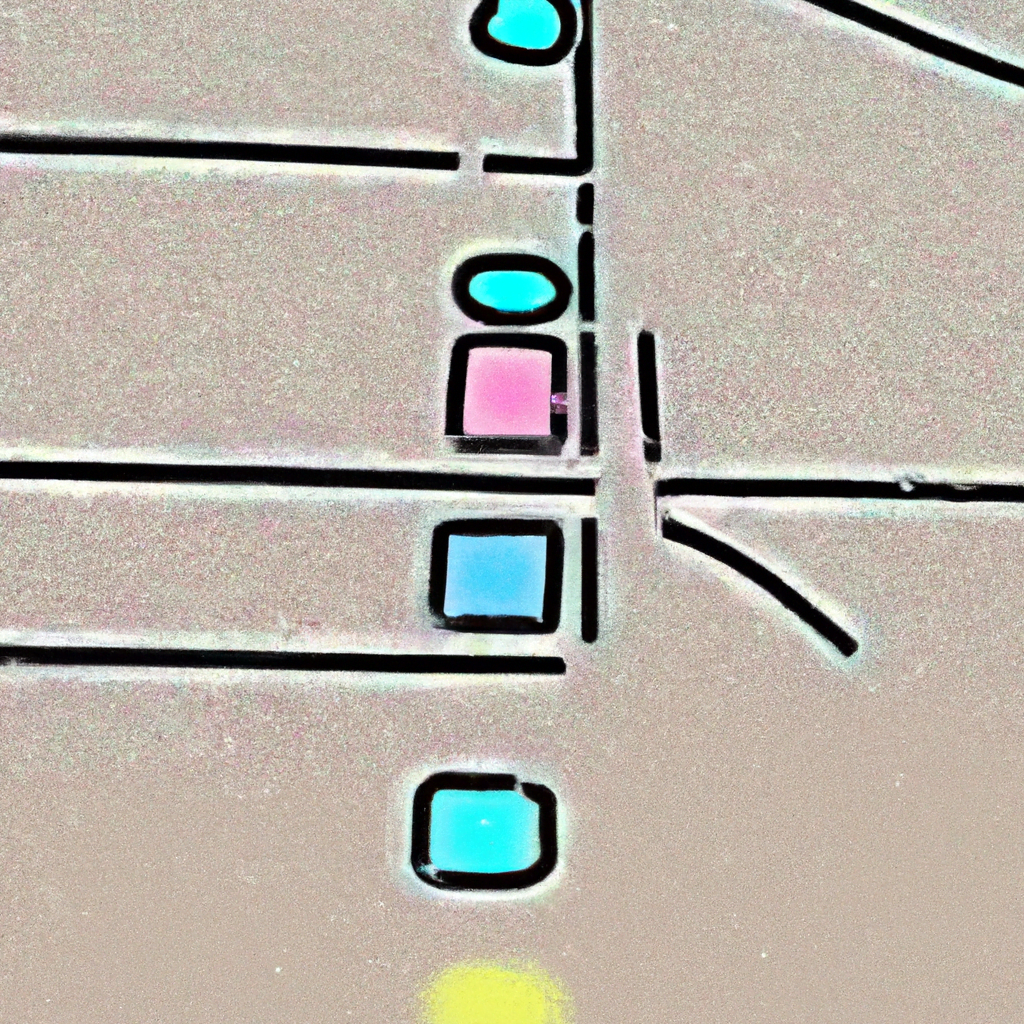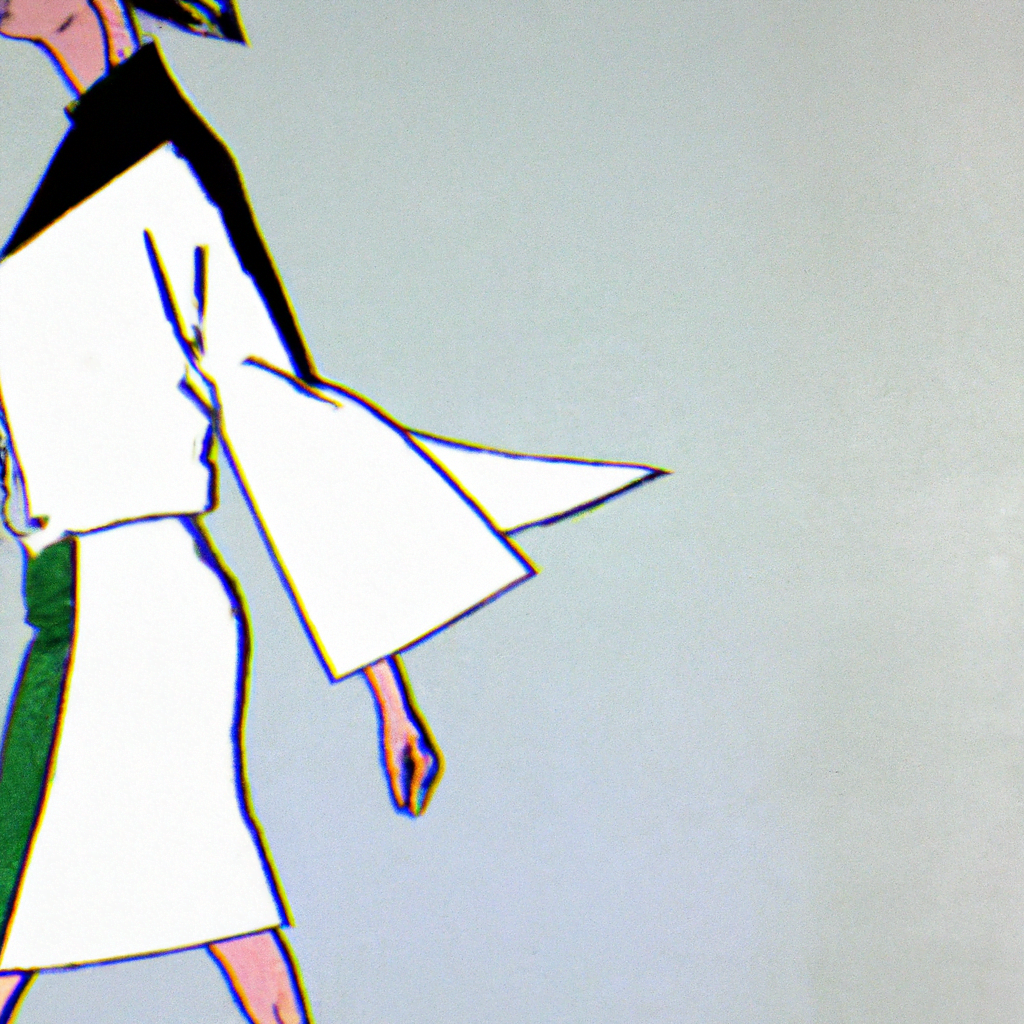-
Table of Contents
NFT Art and Illustration: A Complete Guide
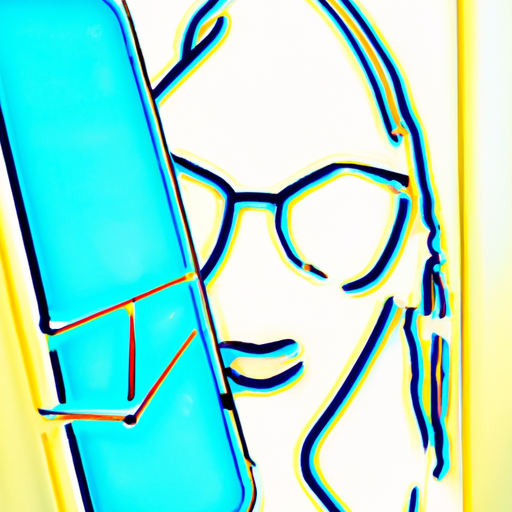
Non-Fungible Tokens (NFTs) have taken the art world by storm, revolutionizing the way artists create, sell, and own digital artwork. NFTs have gained significant attention and value in recent years, with artists and collectors alike embracing this new form of digital ownership. In this complete guide, we will explore the world of NFT art and illustration, understanding what NFTs are, how they work, and their impact on the art industry.
What are NFTs?
NFTs are unique digital assets that represent ownership or proof of authenticity of a particular item or piece of content. Unlike cryptocurrencies such as Bitcoin or Ethereum, which are fungible and can be exchanged on a one-to-one basis, NFTs are indivisible and cannot be exchanged on a like-for-like basis. Each NFT has a distinct value and cannot be replicated or replaced.
One of the key features of NFTs is their ability to be stored on a blockchain, a decentralized and transparent digital ledger. This ensures the authenticity and provenance of the digital asset, making it tamper-proof and easily verifiable. The most common blockchain used for NFTs is Ethereum, which provides a robust infrastructure for creating, buying, and selling NFTs.
The Rise of NFT Art and Illustration
NFTs have opened up new possibilities for artists and illustrators, allowing them to monetize their digital creations in ways that were previously unimaginable. Traditional art forms often face challenges in terms of ownership, provenance, and copyright protection. NFTs address these issues by providing a secure and transparent platform for artists to sell and protect their work.
One of the most notable examples of NFT art is the digital artwork “Everydays: The First 5000 Days” by the artist Beeple. This piece was sold as an NFT for a staggering $69 million at a Christie’s auction, making it one of the most expensive digital artworks ever sold. This sale brought NFT art into the mainstream and sparked a wave of interest and investment in the space.
Creating NFT Art and Illustration
Creating NFT art and illustration involves a few key steps:
- Create the artwork: Artists can use various digital tools and software to create their artwork. This can include digital painting, 3D modeling, or even generative art created using algorithms.
- Choose the platform: Artists need to select a platform to mint and sell their NFTs. Popular platforms include OpenSea, Rarible, and SuperRare. Each platform has its own set of guidelines and fees, so artists should research and choose the platform that best suits their needs.
- Mint the NFT: Minting an NFT involves uploading the artwork to the chosen platform and creating a unique token that represents ownership of the artwork. This process typically requires paying a gas fee, which covers the cost of the transaction on the Ethereum network.
- List the NFT for sale: Once the NFT is minted, artists can list it for sale on the chosen platform. They can set a fixed price or opt for an auction-style sale, allowing collectors to bid on the artwork.
- Market and promote the NFT: Artists should actively market and promote their NFTs to attract potential buyers. This can be done through social media, online communities, or collaborations with other artists.
The Benefits and Challenges of NFT Art and Illustration
NFT art and illustration offer several benefits to artists:
- Ownership and provenance: NFTs provide a secure and transparent way for artists to prove ownership and authenticity of their digital artwork. This helps protect against plagiarism and unauthorized use.
- Direct artist-to-collector sales: NFTs enable artists to sell their work directly to collectors, eliminating the need for intermediaries such as galleries or agents. This allows artists to retain a larger portion of the sale price.
- Residual income: Artists can earn royalties on secondary sales of their NFTs. Whenever an NFT is resold, the original artist receives a percentage of the sale price, providing a potential source of ongoing income.
- Global reach: NFTs can be bought and sold globally, allowing artists to reach a wider audience and potentially sell their work to collectors from around the world.
However, there are also challenges associated with NFT art and illustration:
- Environmental impact: The energy consumption of blockchain networks, such as Ethereum, has raised concerns about the environmental impact of NFTs. The process of minting and trading NFTs requires significant computational power, leading to a large carbon footprint.
- Market volatility: The value of NFTs can be highly volatile, with prices fluctuating dramatically. Artists and collectors need to be aware of the risks associated with investing in NFTs and should carefully consider their financial decisions.
- Accessibility and inclusivity: The high transaction fees on the Ethereum network can make it difficult for emerging artists to participate in the NFT market. Additionally, the digital divide and lack of access to technology may limit the participation of artists from certain regions or communities.
The Future of NFT Art and Illustration
The future of NFT art and illustration is still evolving, with new developments and trends emerging regularly. Some potential future developments include:
- Integration with virtual reality (VR) and augmented reality (AR): NFTs could be integrated into immersive virtual and augmented reality experiences, allowing collectors to interact with digital artwork in new and exciting ways.
- Expansion into other creative industries: While NFTs have gained significant traction in the art world, they have the potential to expand into other creative industries such as music, film, and literature. This could revolutionize the way creators monetize and distribute their work.
- Regulation and standardization: As the NFT market continues to grow, there may be a need for regulation and standardization to protect artists and collectors. This could involve guidelines for copyright protection, resale royalties, and transparency in transactions.
Conclusion
NFT art and illustration have brought about a paradigm shift in the art industry, providing artists with new opportunities for monetization and ownership of their digital creations. While there are challenges and concerns associated with NFTs, the potential benefits and possibilities are undeniable. As the technology and market continue to evolve, it is crucial for

